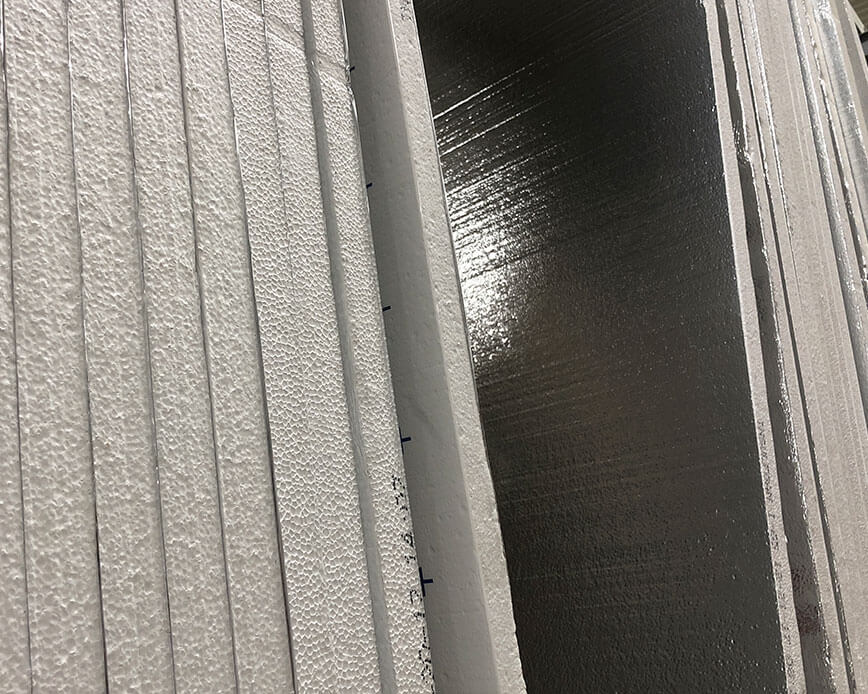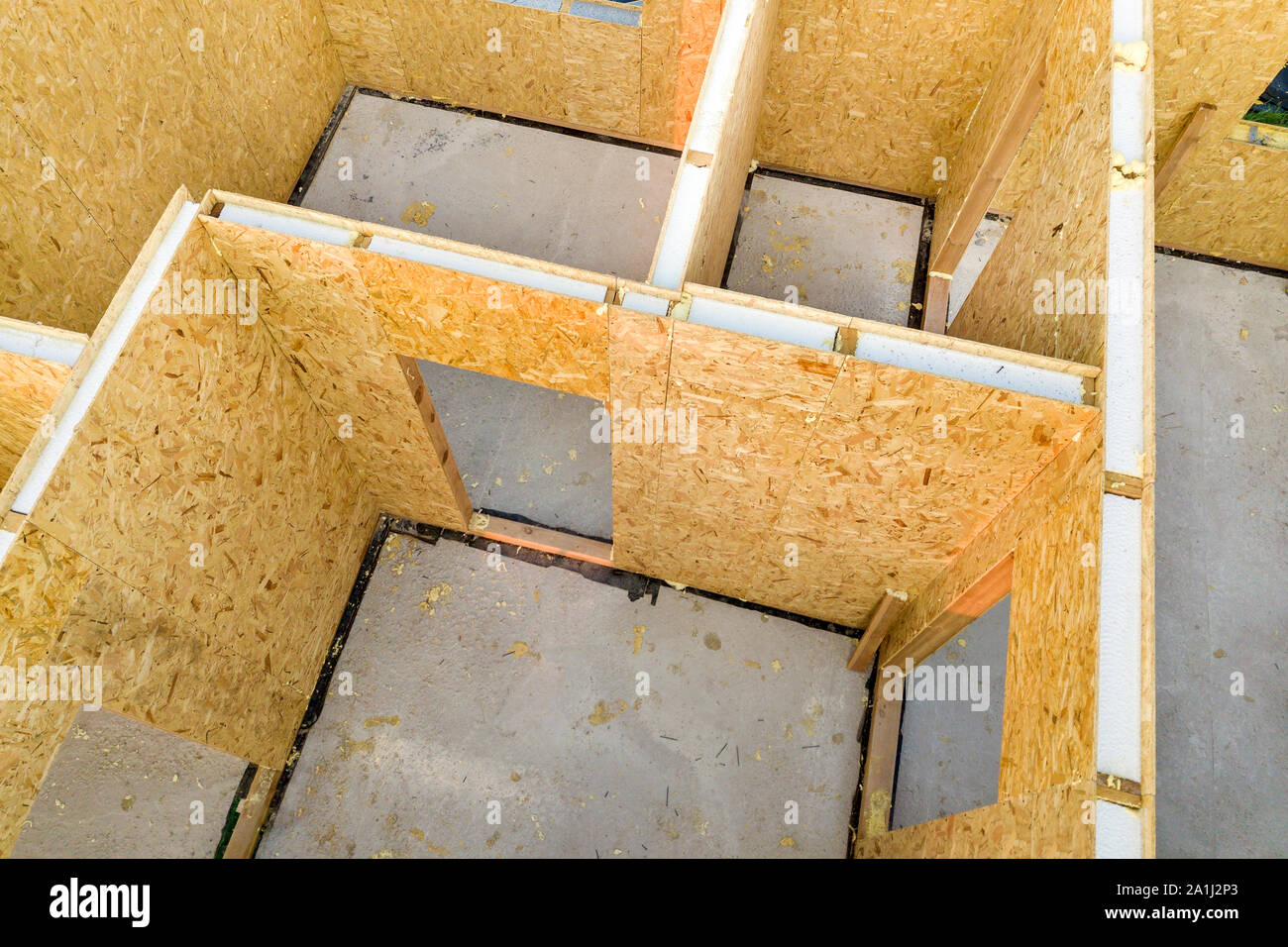After that thin furring strips are installed on top of the foam to provide a firm base for the drywall screws and drywall but can you run rigid foam between the studs just as you would do with fiberglass rolls or spray foam.
Using styrofoam insulation between studs.
Consider using spray foam insulation as well to seal smaller cracks and gaps.
You can build a double stud wall or you can install a continuous layer of rigid insulation on one side of the wall.
This makes it much easier to mount your sheetrock.
The panels provide a continuous energy efficient surface.
Most builders who install a continuous layer of rigid insulation use rigid foam polyisocyanurate expanded polystyrene or extruded polystyrene.
Styrofoam is a brand name for a polystyrene foam board.
Plywood has an r value of 1 25 and fiberglass batts have an r value of 3 14.
3 benefits of rigid foam sheathing.
Here at gba readers regularly ask about the best way to install rigid foam insulation between studs or rafters.
More effective insulation with r values ranging from 3 6 to 8 0 rigid foam sheathing has much better insulation per inch than other materials i e.
Insulating boards are just one of the many types of foam insulation.
The correct method of using rigid foam is to run continuous 4 foot by 8 foot sheets of the foam across the concrete basement wall making the rigid foam the de facto wall.
Using styrofoam insulation for soundproofing.
Rather than using long drywall screws i ripped down 3 4 plywood into furring strips and screwed them through the foam board into the studs with 3 screws make sure you mark your stud locations and an impact drill is your friend here.
Closed cell expanded foam insulation cellulose batts etc.
Polystyrene boards whether pink blue white or another color are usually used in construction but it has other applications as well.
The studs conduct more heat than the insulation between them.
A typical question might go like this.
The question of validity arises with the excessive amount of labor involved producing a tight shell by this method.
There are two main ways of reducing thermal bridging through studs.
It s nothing more than framing with 2x6s or deeper studs and using any option of insulation product i e.
This eliminates thermal bridging which is the energy lost through wall studs.
My question really is about the wisdom of using rigid foam board between studs.
There is nothing wrong with the addition of foamboard between the studs in that it is better than nothing.
Using the insulation within your wall cavity and other updated construction industry standards will allow you to use most any exterior finishing products fiber cement siding.















































